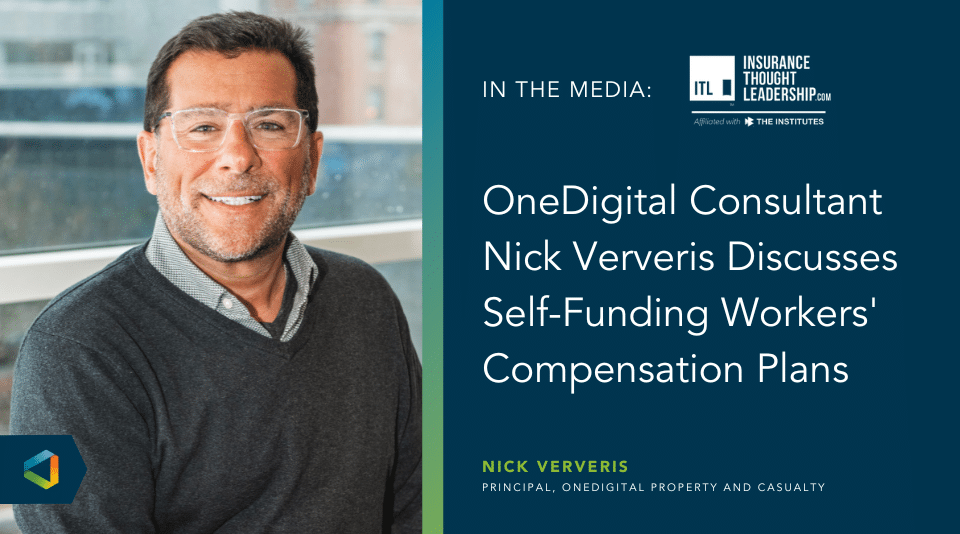Better Benefits, No Headaches, Lower Costs
Exploring a Self-Funded Strategy in a Dynamic Workforce Environment
Exploring a Self-Funded Strategy in a Dynamic Workforce Environment
Employer Guidance for Building an Attractive and Competitive Benefits Offering through Self-Funded Plans
The palpable change happening in the tech industry is quite evident and we're continuing to see abrupt shifts in behavior amidst fears of sky-rocketing inflation and a looming recession. Financial concerns and increasing investor pressure began manifesting with mass layoffs making headlines and flooding LinkedIn newsfeeds. Even tech giants such as Meta, Amazon, Netflix, and Twitter dealt with layoffs with trickle-down effects impacting many start-ups. It’s estimated that over 120,000 people have been laid off from their jobs in the technology industry, with more expected to come.
There is also a cultural clash brewing post-pandemic around returning to the office. Many big tech companies like Apple and Twitter are demanding employees come onsite 2-5 days per week, but employees are unwilling to give up their flexibility. A recent survey of IT and technology roles found that 45% wanted flexible or remote work. As a flood of tech workers hit the job-seeking market, companies will have to remain competitive with their policies and benefits to continue to attract top talent as 63% of job seekers named benefits as a critical factor in their job search.
The Next Steps of Managing Workforce Benefits in an Economic Turmoil
Companies are actively looking for cost-saving strategies that do not sacrifice the competitiveness of their total rewards packages as the industry continues to reel from these mounting pressures. One way to find savings that could enhance your program is by self-funding your medical plan.
Self-funding is an insurance funding arrangement where the company takes over responsibility for paying health claims as they occur instead of paying a fixed premium to an insurance carrier who then pays the claims. Companies rack-up savings with this funding set-up by reducing insurance carrier profit margins and eliminating premium taxes.
Other significant advantages to self-funding plans include the following:
- Plan Design Customization – Get the flexibility to customize your plan design to enhance your plan or attempt to manage behavior to drive lower costs.
- Access to Data Insights – Access all claims detail and deeper data insights to help you understand where your dollars are spent to guide future strategic decisions.
- Point Solution Integration – Tech companies often offer enhanced family forming or mental health benefits through third-party companies. Self-funding allows these plans to be integrated to create a more seamless member experience.
- Care Navigation – There is more opportunity to integrate solutions aiming to help members find higher quality, lower cost providers and steer members to the appropriate care modality to match their healthcare needs.
As with all things, there are trade-offs to the advantages of self-funding. A few considerations with this arrangement include increased risk to the company (mitigated through stop-loss insurance), increased cash flow volatility, and additional compliance requirements.
For employers to successfully transition to a self-funded plan, kicking-off planning early in the year and looping in critical cross-functional stakeholders is key.
Below is a timeline of important decisions and considerations to be made along the way:
Quarter 1:
- Assessing Financial Feasibility – are you forecasted to have savings with this funding arrangement?
- Internal Alignment on Decisions– have all key stakeholders agreed to the transition including legal, procurement, finance and accounting, technology, people, and communications teams?
Quarter 2:
- Administrator Selection – do you prefer a bundled carrier solution or a third-party administrator option?
- Network Choice – which carrier network will offer the best discounts given your geography with the least disruption and best experience for your members?
- Pharmacy Benefits Manager Selection – will you bundle your prescription drug benefits with your administrator or select a third-party option?
Quarter 3:
- Communication Strategy – How will you roll out any changes to your employees, and what tools will be most effective for aligning with your culture?
Quarter 4:
- Stop Loss Insurance – who will you partner with for stop-loss insurance, and what level of coverage is appropriate?
- Compliance – have you assessed your benefits program and changes needed to adjust for self-funding?
Managing your workforce during market uncertainty can be difficult. Watch this employer advisory session to learn more about Strategic Planning to Combat Low Retention, Mental Health Challenges and Employee Financial Stress.




